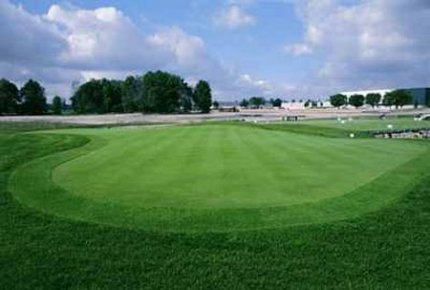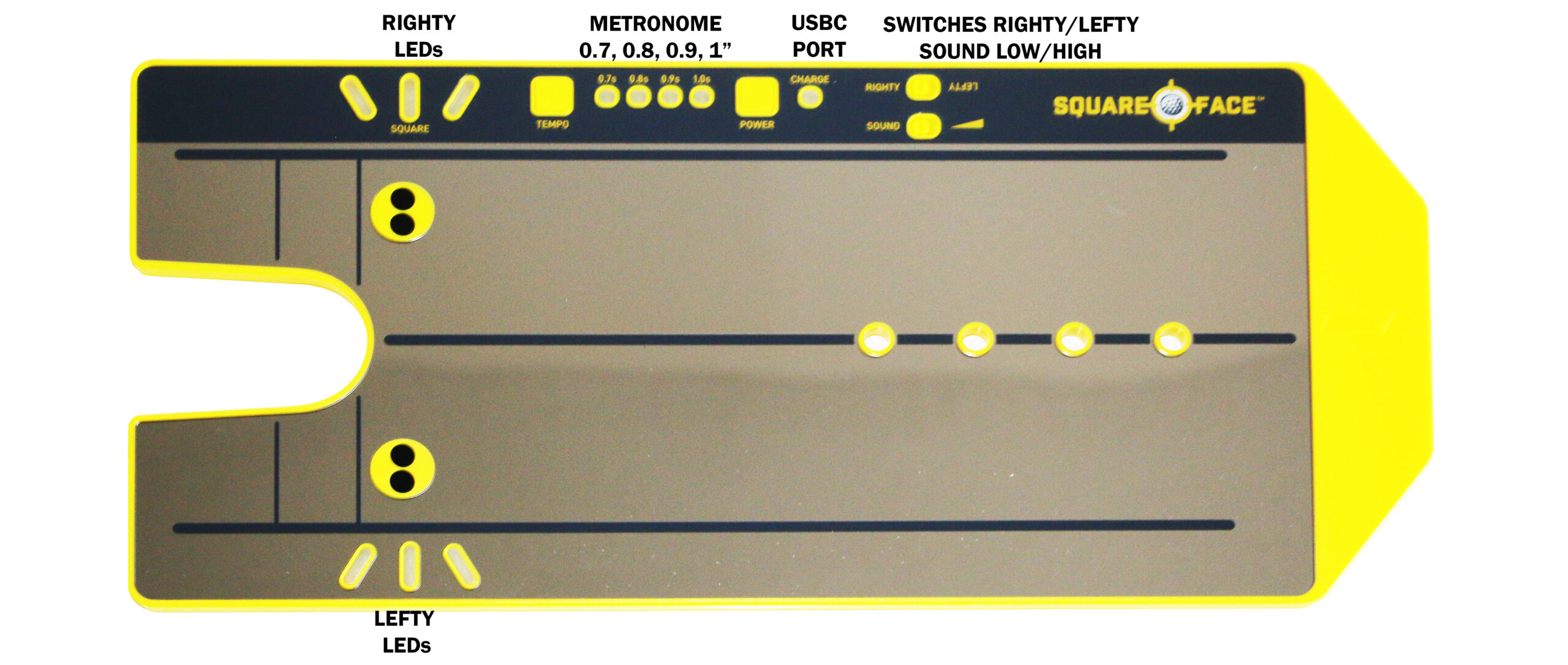Bent Grass Greens: 3 Reminders to Putt With Confidence
Bent Grass Greens: In the world of golf when it comes to putting surfaces, bent grass is considered the gold standard. It’s smooth, consistent, and offers a true roll for the ball. However, mastering bent grass greens requires more than just skill; it also requires an understanding of the green’s unique characteristics.
What is Bent Grass?
Bent grass, also known as “Agrostis stolonifera” is a cool-season grass that thrives in temperate climates. It’s the preferred choice for golf courses because of its fine texture and density, which creates a smooth, fast putting surface. Unlike other types of greens, bent grass is less likely to have patchy lies or unexpected bounces.
The Challenge of Speed
One of the biggest challenges of putting on bent grass greens is mastering speed control. Because the surface is so smooth, the ball tends to roll much faster than on other greens. Even the slightest miscalculation can send your putt wildly off course. This is why it’s important to develop a good feel for the green’s speed. One way to do this is to hit a few practice putts before you begin your round.
Reading the Green
Bent grass greens are also known for their subtle breaks and undulations. To putt successfully on these greens, you need to be able to read them properly. This means paying attention to factors like slope, grain direction, and green speed. By carefully observing the green, you can anticipate how the ball will react after you strike it.
Understanding Grain
Grain refers to the direction that the grass blades grow on the putting surface.
Here’s the interesting thing about bent grass greens: they typically don’t have a significant grain that affects your putt in the same way as other types of greens like Bermuda grass.
Bent grass blades grow vertically, resulting in a smooth, consistent putting surface. So, you won’t see the kind of visual cues that indicate grain direction like on other greens.
However, there are a couple of reasons why this misconception exists:
- Minimal Grain Effect: While not as prominent, there can be some slight grain on bent grass, especially if it’s not maintained perfectly. This minimal grain would likely follow the slope of the green, just like on other surfaces.
- Habit from Other Greens: Golfers who are used to playing on Bermuda greens, where grain direction is a major factor, might look for similar cues on bent greens out of habit.
Putts hit into the grain (against the direction the blades are growing) tend to slow down, while putts hit with the grain tend to roll faster and straighter. Understanding how grain affects your putt is essential.
By following these tips, you can develop the skills and knowledge you need to master putting on bent grass greens. With a little practice, you’ll be sinking more putts and lowering your scores in no time.


The Square Face And Putt Like A Pro Book
Click here for 10% off the Square Face (use coupon code SUPERIORGOLF) and my eBook free with the purchase of the Square Face
